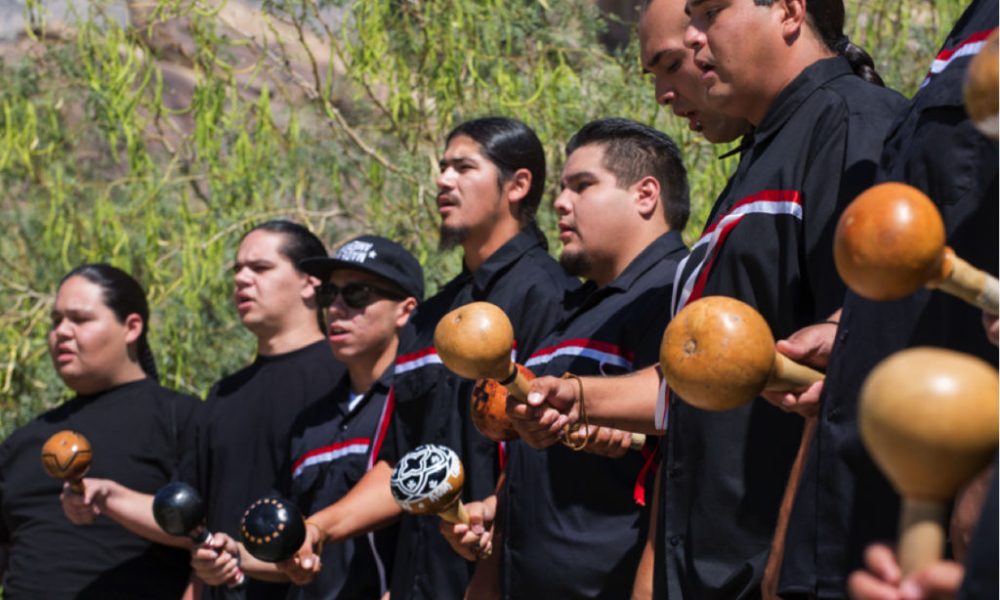
Every day, Reid Milanovich, chairman of the Agua Caliente Band of Cahuilla Indians, looks at the photo in his office. It depicts leaders from the state of California on the occasion of the legalization of tribal gaming in the state.
Milanovich sees the photo and remembers his mission.
“I want that picture there, because every time I walk in the office, I see what can be done when you have all these tribal leaders working together,” said Milanovich during the Global Gaming Expo keynote address, “Vanguard: The Next Generation in Tribal Gaming” Monday at the Venetian Expo Las Vegas. “That’s not to say that they all agree with everything, but they understood that coming together for that common good benefits all tribes. And when I get phone calls from tribal leaders, whether it’s someone just next door or all the way in northern California, I answer the phone and do anything I can to assist in what they need.”
Moderator Mark Trahant, the editor-at-large of Indian Country Today, has been covering tribal issues for many of his 50 years in journalism. When tribal gaming was first legalized in the late 1970s, Trahant remembers being told by government officials that Congress would take away a victory that Indians had won.
Their efforts were for naught. In 2023, tribal gaming generated revenue of $41.9 billion, according to the National Indian Gaming Commission.
“From day one, I’ve said it’s my work. I’m working on it tonight,” said Indian Gaming Association Chairman Ernie Stevens. “I get up every day and I go to work. I have the support of others. And we have to take it to another level.”
In Navajo territory, the next chapter of tribal gaming is unfolding. When Dr. Buu Nygren took over as president for Navajo Nation, he surveyed his surroundings. Spread over 27,000 square miles or 17½ million acres, no large metropolitan areas are nearby.
“One of the challenges I’m facing is how do we combine tourism — Horseshoe Bend, Monument Valley, Antelope Canyon, a lot of these things that people from Vegas come to Navajo Nation for — with gaming,” Nygren said.
Nygren says new development, including using over 400 acres near the Horseshoe Bend area, is being considered by the Navajo tribe. “Can you operate a small casino there? What are some of the unique challenges?”
For Stockbridge-Munsee Band of Mohican Indians President Shannon Holsey, the challenge is surviving as a small regional casino. The only tribe in Wisconsin without access to a major freeway, Holsey said the tribe was responsible for its own infrastructure, even bringing broadband access to the area. “We employ a little under 1,000 both on the government enterprise and casino side,” Holsey said, adding that the situation is unique.
“We use it to drive our understanding of our market base,” Holsey said, “what we needed to do keep up with the market without compromising who we are. We use analytics to drive those decisions, tough decisions, to know our market. In Wisconsin, there’s an evolution of sports betting and we’re having difficult conversations about the timing of it. Is it appropriate for us at this point?”
Stevens thinks people are finally beginning to understand that tribal gaming is an economic force to be reckoned with. He estimates that tribal gaming is currently one of the top 15 employers in the country.
“If they take the knowledge that we have in our years in the industry and put it in this corporate world, they would do nothing but grow,” Stevens said. “That’s important, because 30 years ago, we had a lot of consultants in our world. Today, we’re the experts in the country and the experts in our community.”









